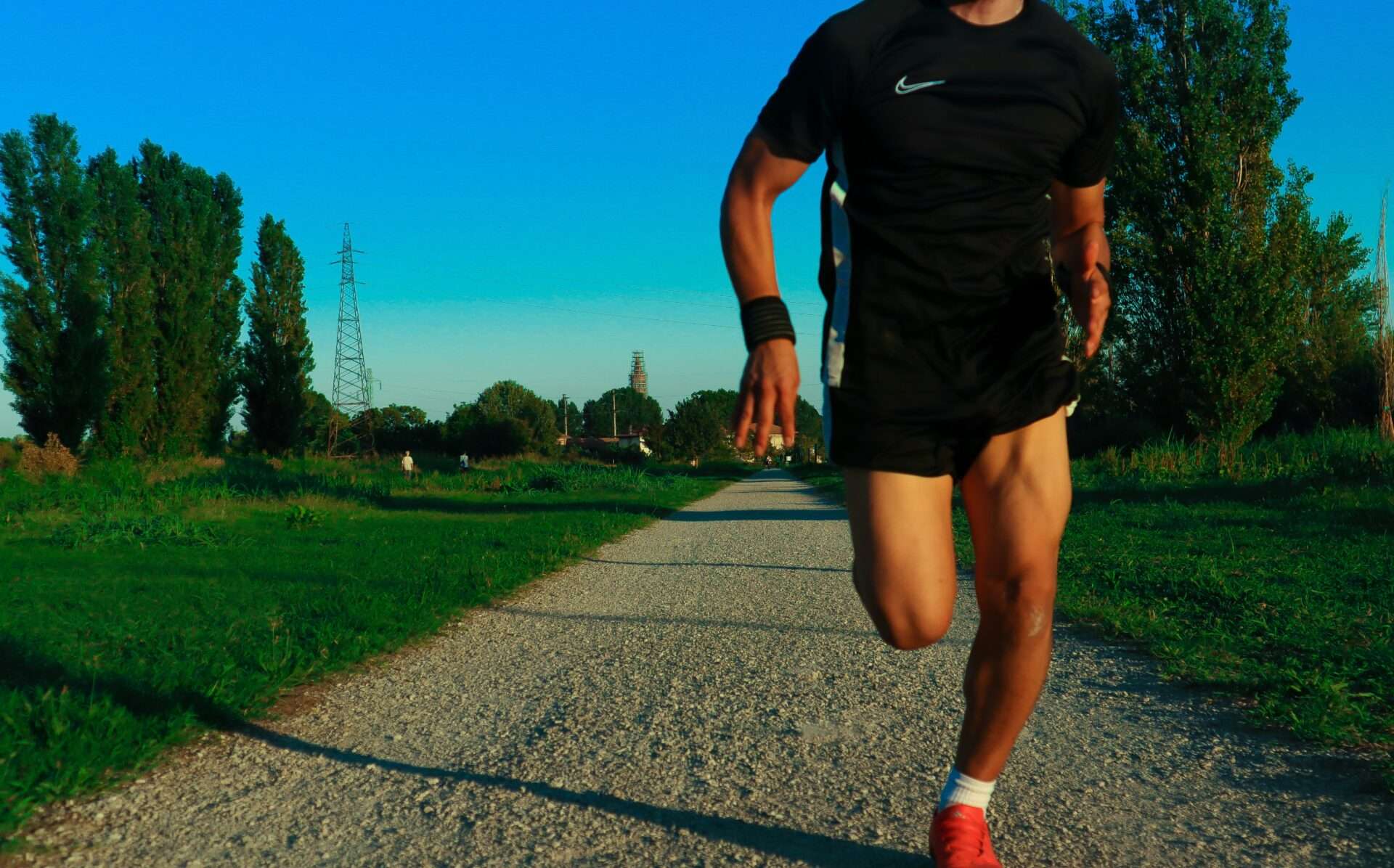Understanding Why Your Hip Hurts After Running
The Anatomy Behind the Pain
The hip is a complex ball-and-socket joint made up of the femur, acetabulum, and supporting muscles and cartilage. This intricate structure allows for powerful and fluid movement, but it’s also vulnerable to strain, especially under repetitive stress like running.
Common Causes of Hip Pain in Runners
Hip pain often results from:
- Overuse injuries from repetitive motion without adequate rest
- Muscle imbalances where stronger muscles compensate for weaker ones
- Poor running form that puts extra strain on the hips
- Tight hip flexors and weak glutes disrupting balance and alignment
Addressing these issues involves stretching tight areas, strengthening weak ones, and improving technique.
The Impact of Running Mechanics
Running puts consistent impact on the hips. Without proper form or footwear, this stress accumulates, potentially causing inflammation or pain. Good posture, a midfoot strike, and a steady cadence can minimize joint strain.
Prevention Strategies for Hip Pain
Warm-Up and Stretching Essentials
Start every run with a warm-up and dynamic stretches like leg swings and hip circles. After your run, include static stretches for your hip flexors, glutes, and hamstrings to improve flexibility and reduce tightness.
Choosing the Right Footwear
Running shoes should match your foot type and running style. Look for pairs with proper arch support, heel cushioning, and a snug yet comfortable fit. Trying them on with a test jog helps ensure the right choice.
Form Fixes That Make a Difference
- Posture: Run tall with your core engaged and shoulders relaxed
- Foot strike: Land softly on your midfoot
- Cadence: Increase your steps per minute for smoother impact distribution
Managing Hip Pain When It Happens
Rest and Recovery
At the first sign of pain, rest. Apply ice for inflammation or use heat for muscle tension. Over-the-counter anti-inflammatory medication can help, but always follow proper dosage guidelines.
Professional Support
If pain persists or worsens, consult a physical therapist or sports doctor. They can assess your form and create a tailored recovery plan.
Strengthening Exercises for Long-Term Hip Health
Top Exercises to Try
- Hip Flexor Stretch: Relieves tightness in the front of the hip
- Glute Bridge: Activates glutes and stabilizes the hip joint
- Clamshells: Targets the gluteus medius for hip stability
- Side-Lying Leg Lifts: Strengthens outer hip muscles for support
Incorporate these exercises 2–3 times a week for optimal results.
Getting Back to Running Safely
Start Slow and Build Gradually
Return to running with short sessions and slowly increase intensity. Listen to your body—if discomfort returns, reduce activity and reassess.
Cross-Training for Balance
Activities like cycling, swimming, and Pilates strengthen the hips without added impact. These complement running and aid recovery.
Final Thoughts
Hip pain doesn’t have to end your running journey. With proper form, supportive footwear, targeted exercises, and mindful training, you can prevent and manage hip discomfort effectively. When in doubt, seek professional guidance for a personalized plan.



